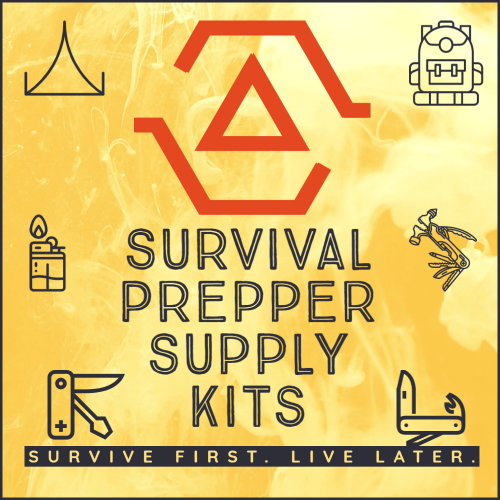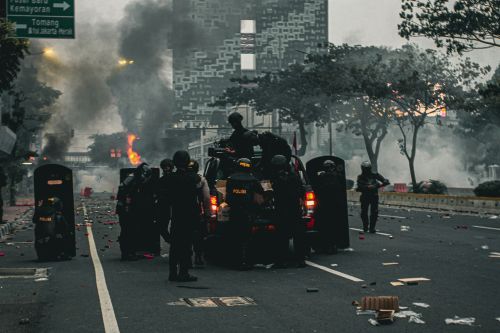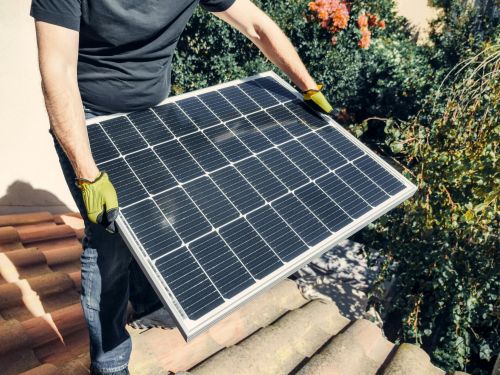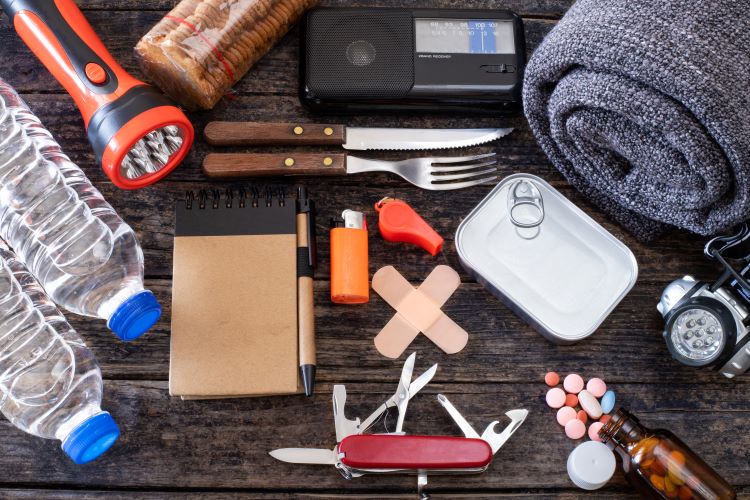Finding safe shelter during an urban riot means avoiding confrontation, staying out of high-traffic areas, and securing a defensible position. Riots can erupt suddenly, triggered by political unrest, economic collapse, or civil disputes. Once chaos spreads, police and emergency services become unreliable.
Sheltering effectively means minimizing exposure to violence, looting, and unpredictable crowds while maintaining access to essential supplies and escape routes. The best shelter is one that blends in and doesn’t attract attention. If rioters don’t know you’re there, they have no reason to target you.
Related: Evacuation Plans: GOOD – Get Out Of Dodge!
High-profile locations like government buildings, police stations, and known supply hubs (supermarkets, pharmacies, banks, and gas stations) should be avoided. These are the first places looters and violent mobs target, and authorities often set up barricades, use force, or conduct mass arrests in these areas.
Residential buildings, particularly those with limited street-level access, are among the safest places to shelter. Multi-story apartment complexes with reinforced doors, rooftop access, and secondary exits allow for safer, long-term refuge. Avoid units on the ground floor, as these are easier to break into.
Sheltering in a single-family home should have a fenced yard, security cameras, or a high-walled perimeter to deter opportunistic criminals. Closing blinds, reducing noise, and using minimal lighting make the home appear unoccupied, reducing the risk of looters targeting it.
Industrial buildings, office complexes, or warehouses can provide temporary refuge if a rioter cannot access a secure home. These structures are typically stronger than retail stores and less likely to be looted unless they hold valuable goods.
Buildings with few street-facing windows, gated access, and emergency stairwells offer better protection. If possible, securing an area above ground level with only one or two access points allows for better control over entry.
Hotels can be both a risk and an asset. If they are in the riot’s path, they may be overrun by desperate people seeking refuge or looters targeting valuables. However, if managed carefully, a high-rise hotel with keycard access, a solid security presence, and rooftop exits can provide a defensible position. To increase safety, avoid using the lobby or high-visibility hallways—instead, find a maintenance room, locked storage area, or staff quarters away from main corridors.
If movement is necessary during a riot, underground spaces like subways, tunnels, or parking garages offer temporary concealment. Basements and underground maintenance tunnels can shield against gunfire, fires, and stampedes, but they risk being trapped if exits are blocked or flooded. These should only be used as a short-term hiding place until it is safe to relocate.
Churches, community centers, and schools are sometimes used as makeshift safe zones, but they can also attract large crowds seeking shelter, making them potential targets. If a church or school is not widely known as an evacuation site, it may serve as a discreet refuge, but once overrun, it becomes a liability.
Avoiding public transit hubs like bus stations, train depots, and airports is critical. These areas become choke points where police, military, and panicked civilians all converge, leading to unpredictable violence, mass arrests, or being trapped without an escape route.
If rioters breach your shelter, staying silent and hidden is often better than engaging. Barricading doors, using alternate exits, and having a concealed escape plan are essential. If evacuation is necessary, alleyways, back streets, rooftops, or underground routes prevent running directly into hostile crowds.
The best shelter during an urban riot provides concealment, controlled access points, and an escape route. Staying out of sight, reducing noise, and ensuring basic survival needs like food, water, and protection ensure the highest chance of escaping the chaos unscathed.





